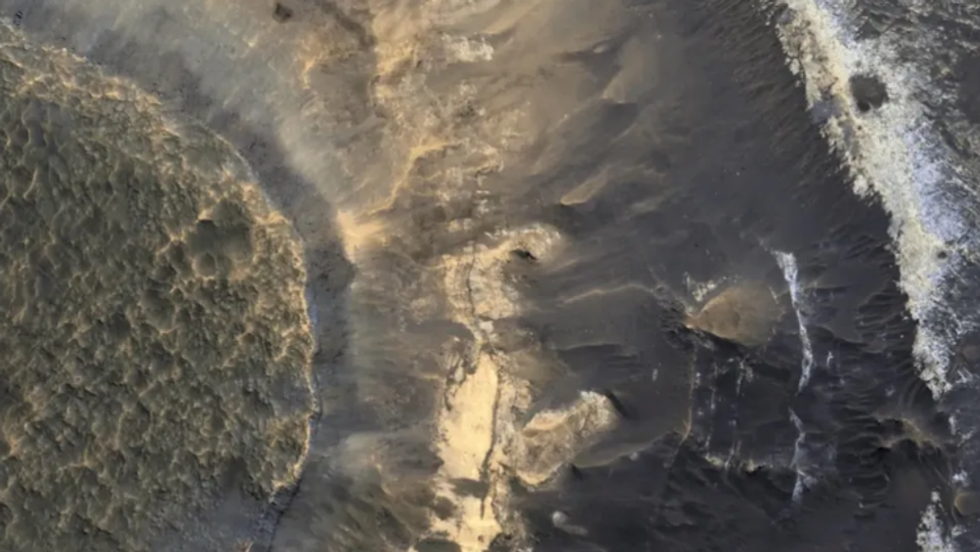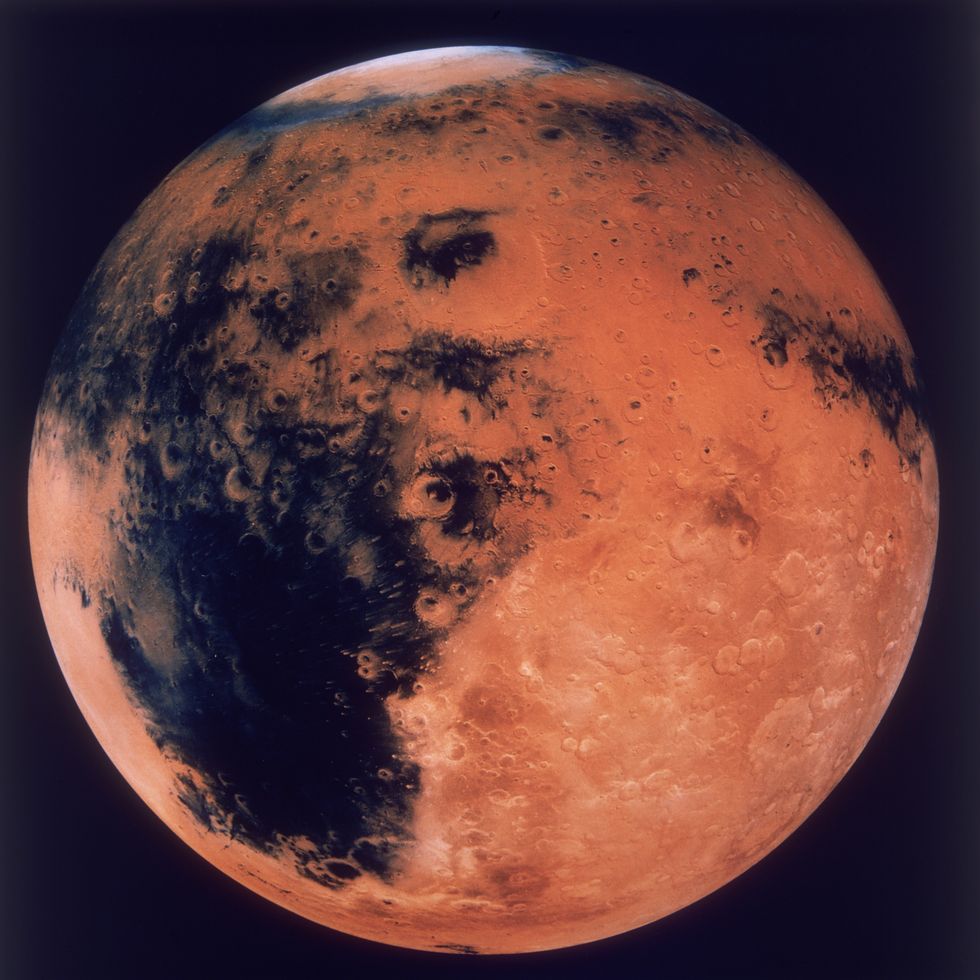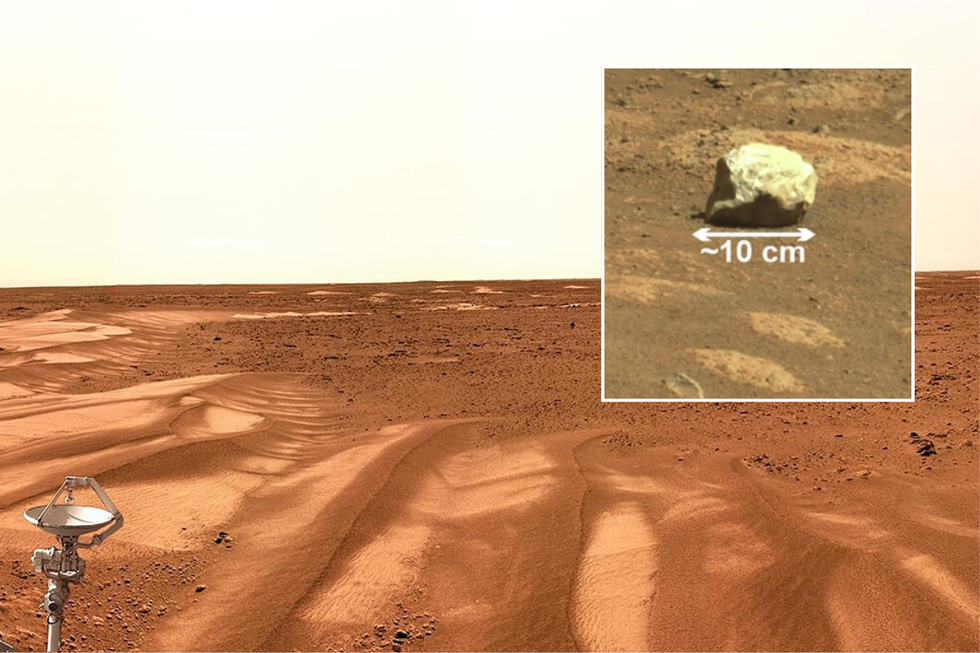Is there life on Mars? Scientists claim thick layers of clay could be perfect breeding grounds

Mars is understood to have once had conditions that could have supported life
Don't Miss
Most Read
Scientists have discovered that thick clay deposits on Mars could have provided stable environments where ancient life might have developed, according to new research.
The mineral-rich clay layers, measuring hundreds of feet thick, formed approximately 3.7 billion years ago.
In the past, Mars experienced warmer and wetter conditions than it does today.
"These areas have a lot of water but not a lot of topographic uplift, so they're very stable," said study co-author Rhianna Moore, who conducted the research as a postdoctoral fellow at the University of Texas' Jackson School of Geosciences.
She added: "If you have stable terrain, you're not messing up your potentially habitable environments. Favorable conditions might be able to be sustained for longer periods of time."
Researchers analysed 150 clay deposits using data from NASA's Mars Reconnaissance Orbiter, examining their shapes, locations and proximity to ancient water features.
The team discovered that these deposits predominantly formed in low-lying regions near ancient lakes, rather than in valleys where water once flowed vigorously.
This combination of mild chemical weathering and reduced physical erosion enabled the clay layers to remain intact over billions of years.
LATEST DEVELOPMENTS:

Scientists have discovered that thick clay deposits on Mars could have provided stable environments where ancient life might have developed
|NASA/JPL-Caltech/UArizona
The researchers said: "[Clay mineral-bearing stratigraphies] tend to occur in areas where chemical weathering was favoured over physical erosion, farther from valley network activity and nearer standing bodies of water."
The findings indicate that Mars experienced intense chemical weathering that disrupted typical weathering and climate patterns.
The absence of tectonic activity on Mars created distinctive conditions that differ markedly from Earth's geological processes.
On Earth, tectonic movement continuously exposes fresh rock to the atmosphere, enabling carbonate minerals like limestone to form when rock interacts with water and carbon dioxide, thereby removing CO2 from the air.

Mars lacks such tectonic activity
| GettyMars lacks such tectonic activity, resulting in minimal carbonate formation and limited CO2 removal from its thin atmosphere.
Consequently, volcanic CO2 emissions remained in the Martian atmosphere for extended periods, contributing to the warmer, wetter conditions that facilitated clay formation.
The researchers suggest the clay may have absorbed water and trapped chemical byproducts, preventing carbonate formation.
Moore said: "[The clay is] probably one of many factors that's contributing to this weird lack of predicted carbonates on Mars."
 The pale rocks were found on the surface of the Red Planet | WikiCommons/Communications Earth & Environment
The pale rocks were found on the surface of the Red Planet | WikiCommons/Communications Earth & EnvironmentA discovery made by Astronomers earlier this year gave scientists a more comprehensive understanding of Mars' past warmer and wetter climate.
NASA's Perseverance rover identified unusual pale rocks containing an aluminium-associated mineral called kaolinite.
Kaolinite typically forms only in warm, wet environments.
Professor Roger Wiens from Purdue University, who led the research team, said: "These rocks are very different from anything we've seen on Mars before."











